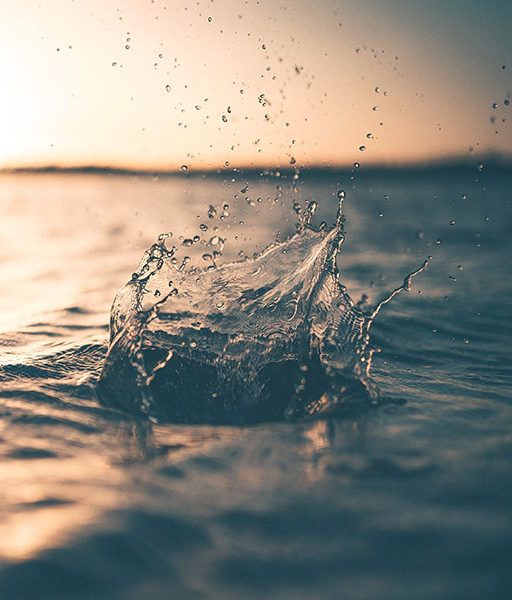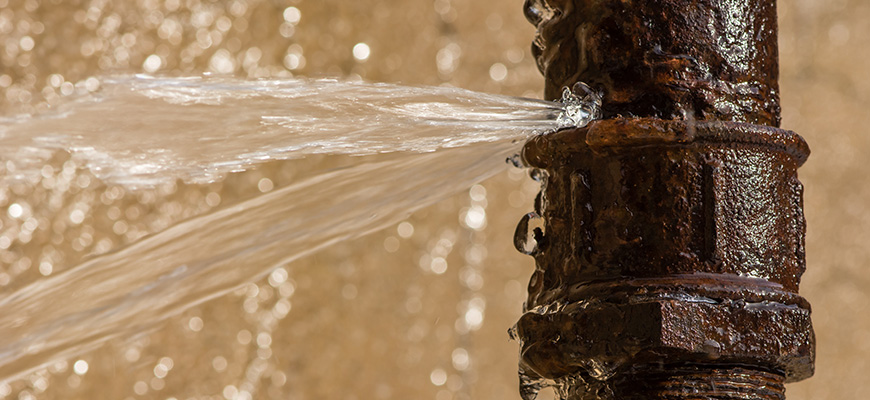Water pressure is an essential part of our daily lives, but what happens when your home water pressure suddenly drops? Low water pressure can be frustrating, whether it’s a weak shower or a slow-filling washing machine. Fortunately, restoring your home water pressure to normal levels is not a complicated task, and with the right knowledge, you can easily fix it yourself. In this article, we have put together the ultimate checklist for restoring your home water pressure to normal levels. From checking for leaks to cleaning your faucets and pipes, we’ve got you covered. We’ll show you how to identify the cause of your low water pressure and provide you with step-by-step instructions on how to fix the issue. So, sit back, grab a cup of coffee, and let’s get started on restoring your home water pressure to its optimal level.
Common Causes of Low Water Pressure
Low water pressure can be caused by a variety of factors. Some of the most common causes include clogged pipes, leaks, and problems with the city’s water supply. If you’re experiencing low water pressure, it’s important to first identify the cause before attempting to fix the issue.
Clogged pipes are a common cause of low water pressure. Over time, pipes can become clogged with mineral deposits, rust, and debris, which can restrict the flow of water. Another common cause of low water pressure is leaks. Leaks can occur anywhere in your plumbing system, from the water heater to the faucet. When water is leaking from your pipes, less water is available to flow through your fixtures, resulting in low water pressure. Lastly, problems with the city’s water supply can also cause low water pressure. If the city is experiencing high demand or has had to shut off water to fix a problem, you may experience low water pressure in your home.
Signs of Low Water Pressure
Before you can begin to fix your low water pressure issue, you need to first identify the signs of low water pressure. Some of the most common signs of low water pressure include weak water flow from your showerhead or faucet, slow-filling toilets, and low water pressure throughout your home. If you notice any of these signs, you likely have low water pressure.
It’s important to note that low water pressure can also be a symptom of a more serious issue, such as a water leak. If you suspect that you have a leak, it’s important to address the issue as soon as possible to prevent further damage to your home.
How to Check Your Water Pressure
Before you can begin to fix your low water pressure issue, you need to first check your water pressure. Checking your water pressure is easy and can be done with a pressure gauge, which can be purchased at most hardware stores.
To check your water pressure, turn off all water fixtures in your home and attach the pressure gauge to an outdoor faucet. Turn on the faucet and read the pressure gauge. Normal water pressure should be between 40 and 80 psi (pounds per square inch). If your water pressure is below 40 psi, you likely have low water pressure.
DIY Solutions for Restoring Water Pressure
If you have low water pressure, there are several DIY solutions that you can try to restore your water pressure to normal levels. One of the easiest solutions is to clean your faucets and showerheads. Over time, mineral deposits and debris can build up in your fixtures, which can restrict water flow. To clean your fixtures, simply remove them from the faucet or showerhead and soak them in a solution of vinegar and water for several hours.
If cleaning your fixtures doesn’t work, you may need to flush your pipes. To flush your pipes, turn off the water supply to your home and open all of your faucets. Let the water run for several minutes to flush out any debris or sediment that may be clogging your pipes. Once you’ve flushed your pipes, turn the water supply back on and check your water pressure.
Another DIY solution for restoring water pressure is to check for leaks. Inspect all of your pipes, fixtures, and appliances for leaks. If you find a leak, it’s important to address the issue as soon as possible to prevent further damage to your home.
Professional Solutions for Restoring Water Pressure
If your low water pressure issue persists after trying DIY solutions, you may need to hire a professional plumber to fix the issue. A professional plumber can use specialized equipment to identify the cause of your low water pressure and provide an effective solution.
One of the most common solutions that a professional plumber may use is hydro jetting. Hydro jetting is a process in which high-pressure water is used to clean out clogged pipes. This method is effective at removing even the toughest clogs, ensuring that your water pressure is restored to normal levels.
Another solution that a professional plumber may use is pipe replacement. If your pipes are old or damaged, they may need to be replaced to restore your water pressure. A professional plumber can assess the condition of your pipes and recommend the best course of action.
Preventing Future Low Water Pressure Issues
Preventing future low water pressure issues is important to ensure that your plumbing system continues to function properly. One of the easiest ways to prevent low water pressure is to regularly clean your fixtures and pipes. This will prevent mineral deposits and debris from building up in your plumbing system, ensuring that water can flow freely through your pipes.
Another way to prevent low water pressure is to address leaks as soon as possible. Leaks can cause serious damage to your home, so it’s important to address them as soon as you notice them. Regular maintenance of your plumbing system can also help prevent low water pressure issues.
Hiring a Professional Plumber for Assistance
If you’re unsure of how to fix your low water pressure issue or if your DIY solutions haven’t worked, it may be time to hire a professional plumber for assistance. A professional plumber can identify the cause of your low water pressure and provide an effective solution.
When hiring a professional plumber, it’s important to choose a reputable company with experience in restoring water pressure. Be sure to ask for references and read reviews before making a decision. You should also ask for a written estimate before any work is done to ensure that you’re getting a fair price.
Tools and Materials Needed for Restoring Water Pressure
If you’re attempting to restore your water pressure yourself, there are several tools and materials that you may need. Some of the most common tools include a pressure gauge, pliers, a pipe wrench, and a screwdriver. Materials that you may need include vinegar, a bucket, and a hose.
Before attempting any DIY solutions, be sure to research the specific tools and materials that you’ll need to ensure that you’re fully prepared.
Conclusion and Final Thoughts
Restoring your home water pressure to normal levels is an essential part of maintaining your plumbing system. By identifying the cause of your low water pressure and using the right tools and materials, you can easily fix the issue yourself. If your DIY solutions don’t work, don’t hesitate to call in a professional plumber for assistance. Remember to regularly clean your fixtures and pipes to prevent future low water pressure issues. With the right knowledge and tools, restoring your water pressure to normal levels is an easy task that anyone can do.


